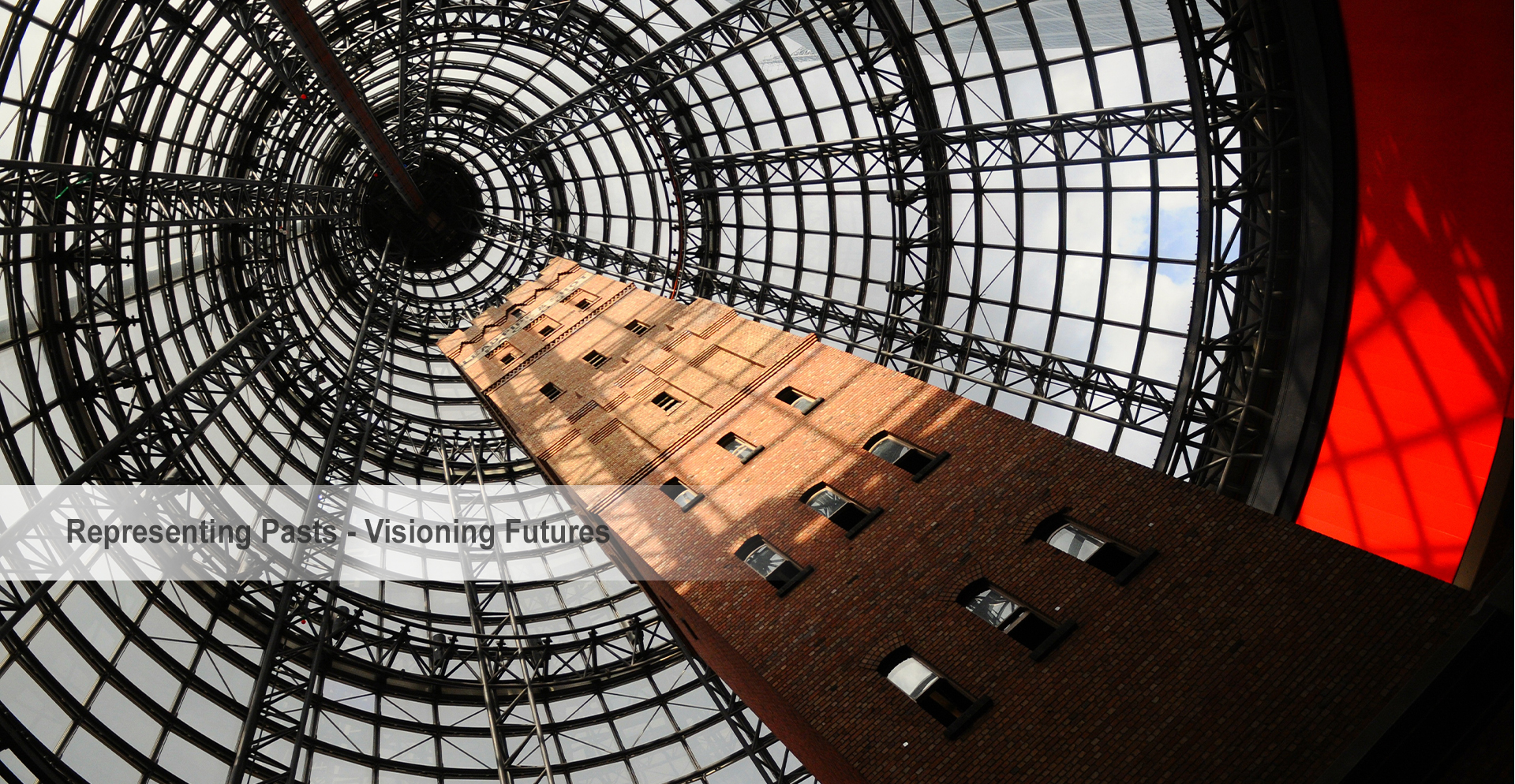Call
One century ago the City Symphony was at the cutting edge of visual representation. It was the site of some of the most challenging concepts and ideas the art world had ever seen. Its ruptures in spatiotemporal representation were seen as natural extensions of the avant-garde: cubist painting in the mode of Braque, the architectural visions of Vladimir Tatlin, the spatio-sculptural works of Aleksandr Rodchenko, the photography of Moholy-Nagy and later Florence Henri, to name but a few.
The intervening 100 years have seen periodic reengagements with spatial reframing in these media. They have also witnessed the emergence of new modes of representation in the worlds of art, design, heritage, cultural studies and the social sciences more broadly. Today, artists, architects, painters, sculptors and designers from various fields can work seamlessly across a plethora of fields: video, digital photography, 3D printing, parametric architecture, algorithmic animation, projection mapping, photogrammetry, virtual reality, and more.
If we look specifically at spatial design, virtual reality is increasingly seen as ‘everyday’ for architects and urban designers. For artists, ‘the digital’ is now a typical mode of operation. If we consider film, algorithmic video editing, motion capture and image digitization are now all ‘run of the mill’ technologies. In museology, the experiential interactive installation accompanies static exhibitions. Indeed, the moving image, both analogue and digital, is now a standard area of historical study in itself – the city symphony included.
Taking the City Symphony, and its historic moment in time as a starting point, this conference seeks to explore of the past, present and future of how we visualise people, places, cities and life. It welcomes insights into the history of painting from a spatiotemporal standpoint; the influence and evolution of the photographic representation of place; the role of sculpture in exploring and integrating space. It invites filmmakers exploring city representation, architects, urban planners and designers engaged in the visualisation of buildings, cities…. and more.
Its welcomes contributions from across disciplines and its strands will be formed around contributions. Several themes are set in advance, including the areas of research interest to the partner institutions:
Queen’s University Belfast – Lived Space, Past and Present | Cape Peninsula University of Technology – Representing Space, Place, and Liminality | National University of Singapore – The Screen as Surface, Site and Space
Image: Stokpic



